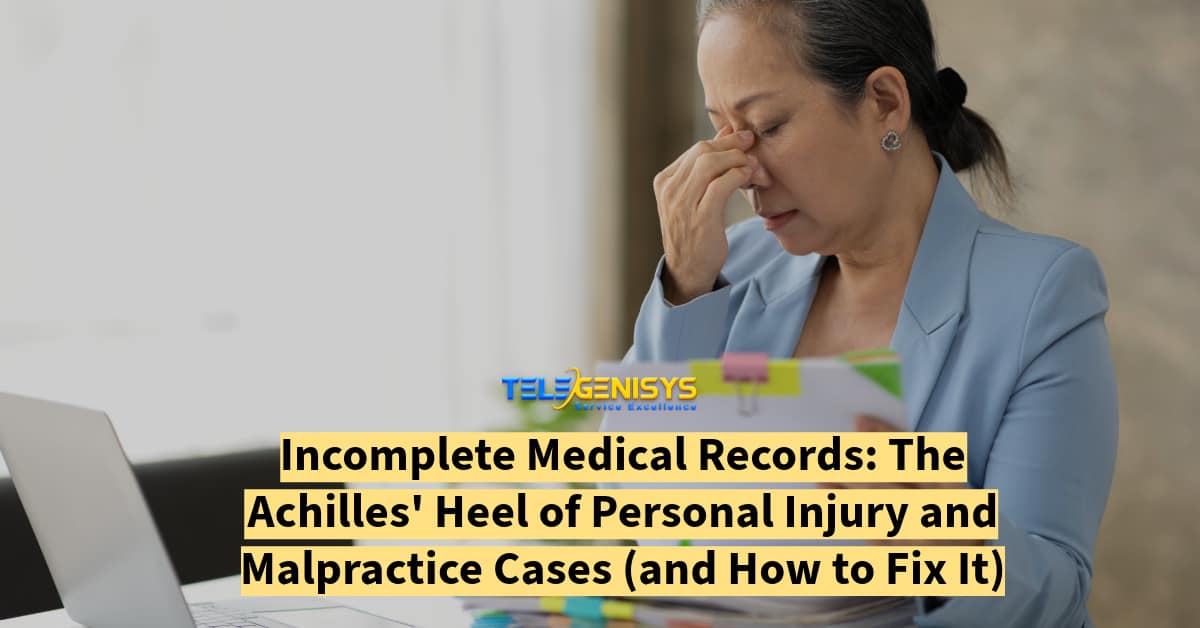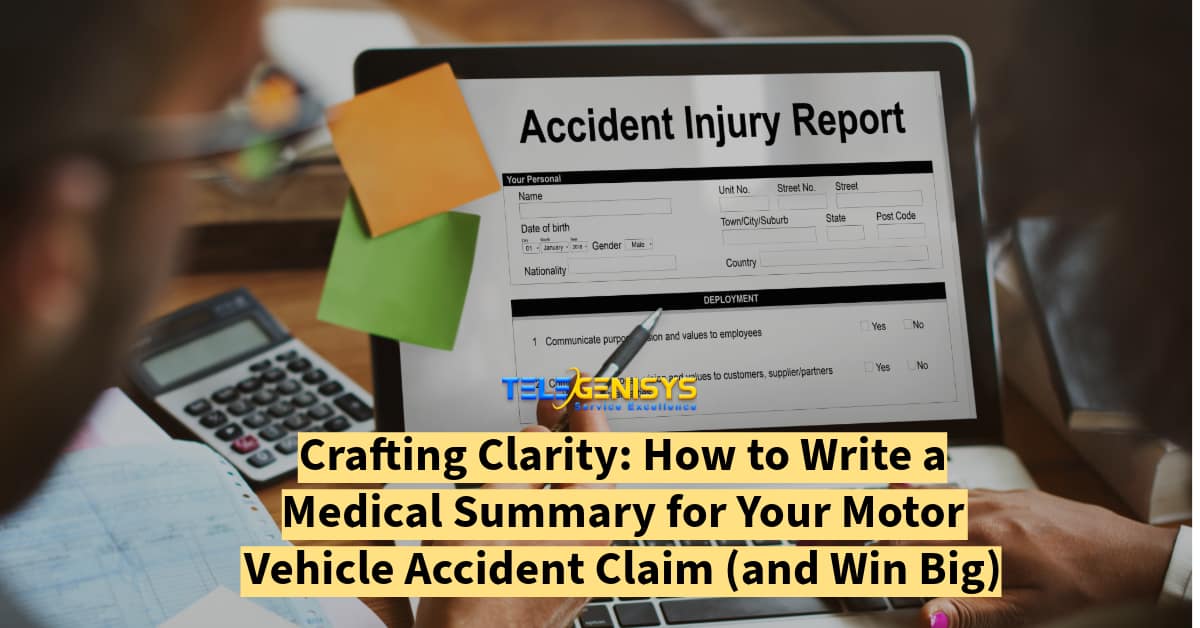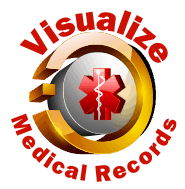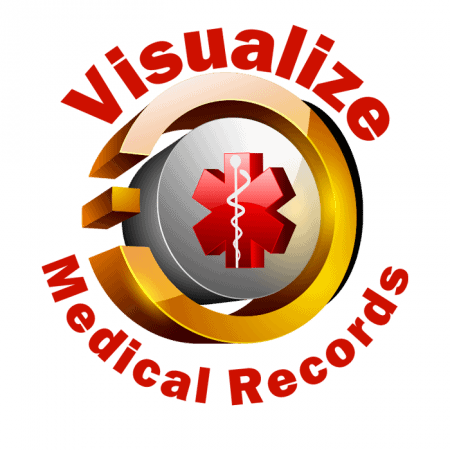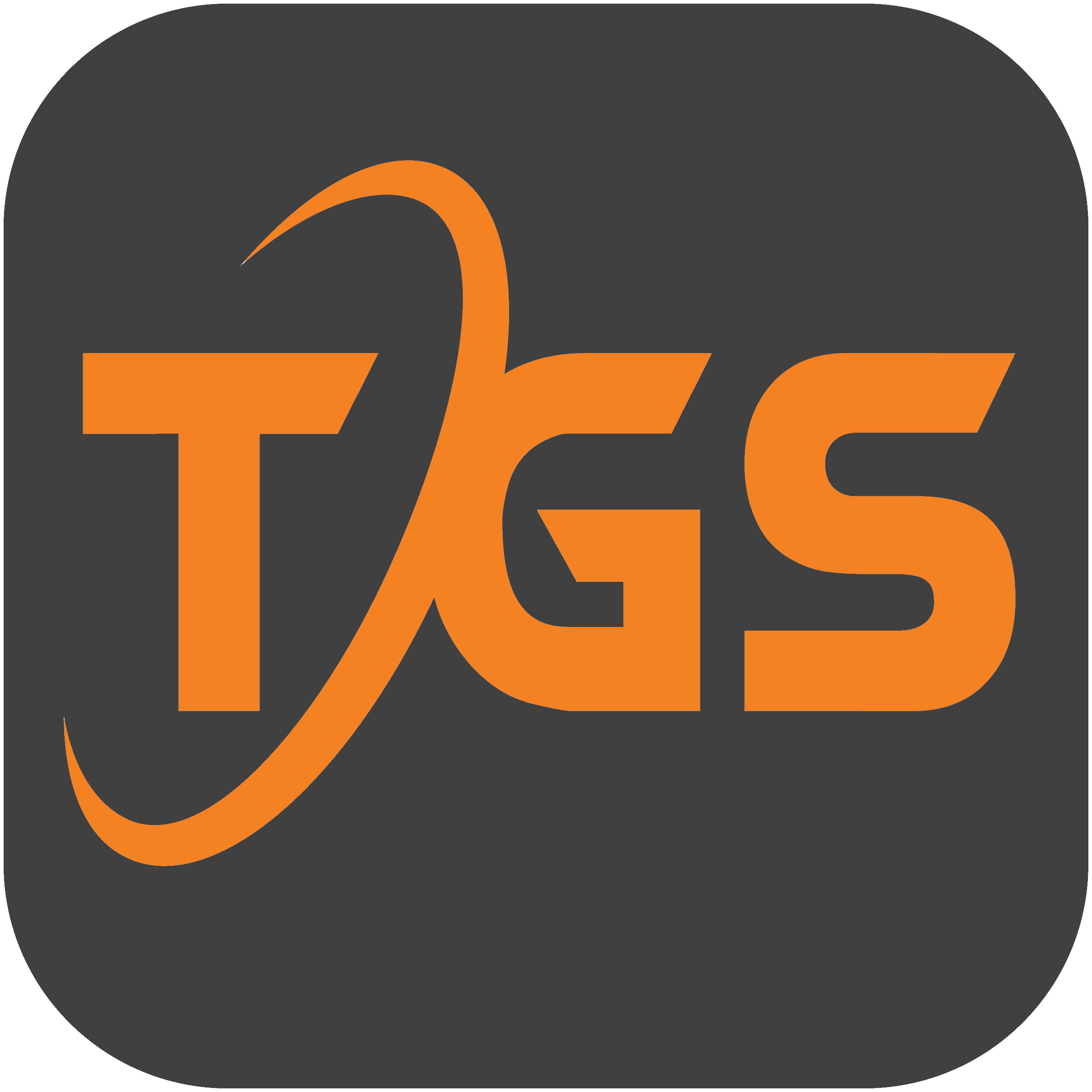Telegenisys uses customized reference datasets in summaries that aid life underwriters to improve the accuracy of their valuation.
Telegenisys’ Visualize Medical Records (VMR) system now includes customized life expectancy datasets that help to process more comprehensive and accurate summaries and chronologies.
Reference Datasets for life insurance and life settlement companies are designed for deep referencing in medical records for rapid understanding of medical information for policy valuation in life settlement markets.
Disease conditions are divided into ratable and non-ratable conditions. Ratable conditions are the ones that will affect the quality of life of the insured. These include cancers, diabetes, renal conditions, hepatic conditions, cardiac conditions, respiratory conditions, conditions affecting the nervous system, and more. Non-ratable conditions are the ones that do not really affect the quality of life and a person can live with them. These conditions include skin conditions like psoriasis, eczema, acne; minor gastric disorders; cholelithiasis, nephrolithiasis, etc.
This assessment involves not only the disease conditions but also the insured’s lifestyle, fitness and frailty factors, mobility, social history, and family history.
Telegenisys has developed customized reference datasets that help the underwriter to quickly look through all the data at one glance to assign the ratings. Here is an example of a patient suffering from atrial fibrillation. This is a cardiovascular condition and is a primary condition as it can lead to more severe effects.
Telegenisys offers summaries that make review easier for the underwriter. The summary has all the rateable conditions’ information listed under primary conditions and the chronology of all the relevant events. Our team of experienced summarizers weed out the repetitive and non-relevant episodes and list them in a word document. Each entry has a hyperlink to the original PDF document and bookmark in the VMR chronology output. The underwriter need not take the word of the summarizer; he can verify the details without scrolling a single page, the hyperlink will take them to the respective page.
Summaries by Telegenisys are customizable to suit various users. We understand your requirements and offer you the solutions. The user can request various changes that ensure ease of use
Primary condition – Atrial fibrillation
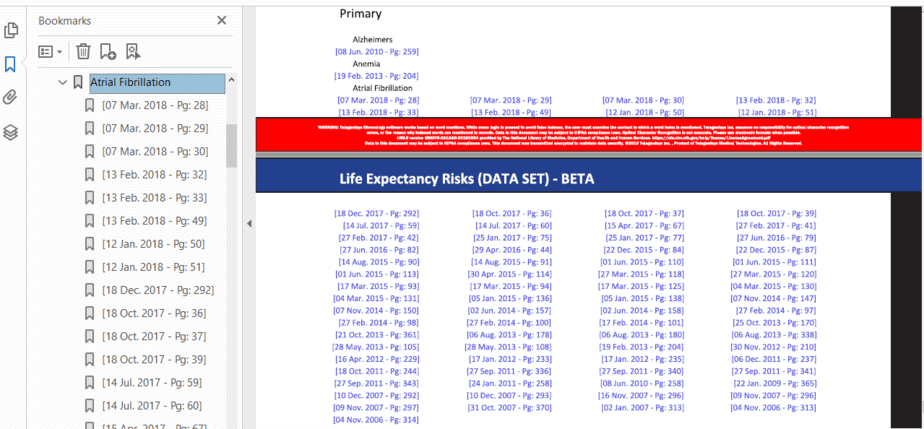


Primary – Cancer








Coronary artery disease


About Visualize Medical Records
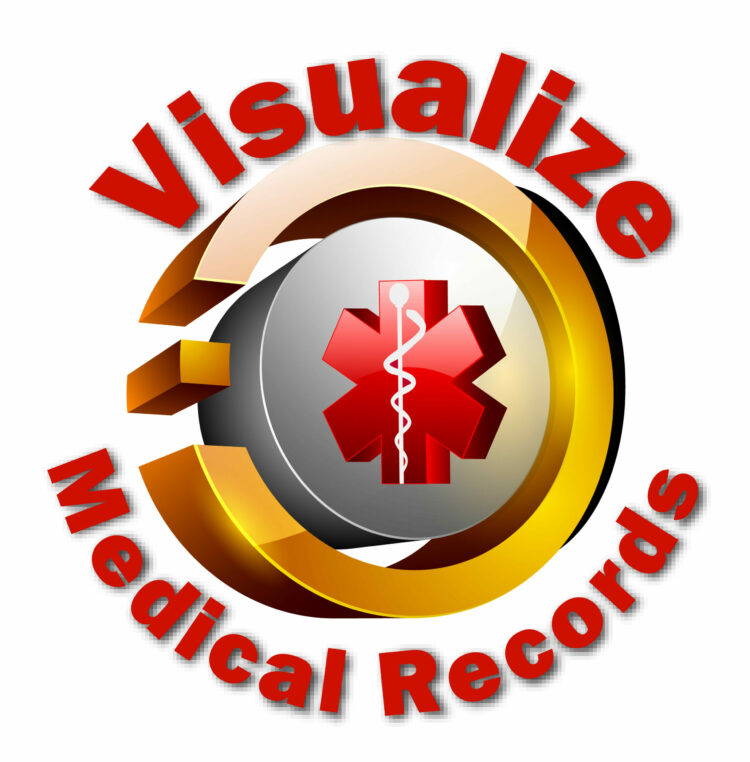
The structured data facilitates analysis and comparison of multiple cases most commonly used by clinical research companies and tort lawyers. These observations can be reviewed graphically in excel formats. You can use a filter and view all data in a single view. Every entry in the structured data is hyperlinked to the original record for detailed review. The use of hhs.gov databases the structured data chronologies present medical information with unquestioned authority and clarity. This structured data allows clients to use, update, and evaluate medical facts in their software.
The organized record is available electronically and stored in a secure cloud storage facility provided by Telegenisys, so it can be accessed easily via any device at any location.
Company
Telegenisys Medical Technologies Group is a division of Telegenisys Inc. a Delaware company with primary offices in Fairfield California. The group operates on two continents with a second office in Pune India. This group has worked with medical records for over 15 years and works on over 2 Million medical record pages per year. The group is composed of a variety of medical personnel and data scientists. The primary purpose of the technology group is to develop simpler ways to understand and measure medical outcomes.
Contact Information:
Mark Merani, CEO
Telegenisys Inc.
(844) 903-0777

 Telegenisys managers host moderated press releases with updates weekly or more often. We hope you will enjoy news streams.
Telegenisys managers host moderated press releases with updates weekly or more often. We hope you will enjoy news streams. 



